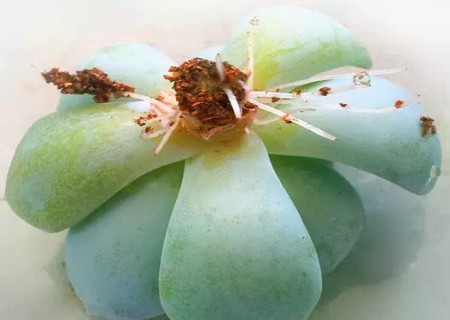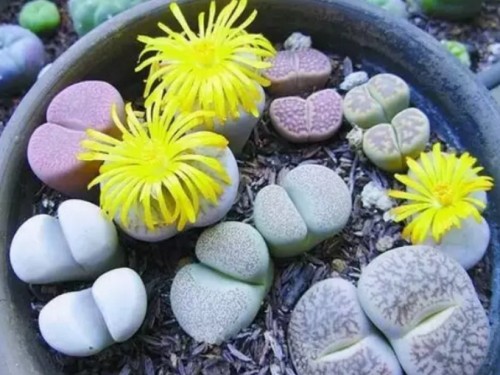Root trimming skills of succulent plants how to behead succulent plants? Course on decapitation and propagation of succulent plants
With the improvement of people's living standards, more and more people like to raise some green plants at home, adding a touch of green to the family, so that they can enjoy the vitality of plants without leaving home. But now the size of the balcony of the building is limited, and the large plants take up too much space, and many workers are busy every day and have little time to take care of their beloved plants, while the general plants have higher requirements for light, and the distance between buildings is generally very close. the time of light exposure every day is very short, which results in many plants growing poorly due to poor light and poor ventilation, and they relatively require a lot of water. The slightest negligence can lead to death due to lack of water. At this time, a kind of succulent and succulent plant called "lazy plant" entered people's field of vision.

Spring is the season of recovery of all things, and it is also a golden season for the reproduction of succulent plants. We all know that the reproduction of succulent plants can be achieved through sowing, leaf insertion, root insertion, beheading and so on, but many flower friends do not know much about beheading reproduction. Next, the editor will sort it out for you flower friends.
I. what is decapitation and reproduction
Beheading refers to the process of artificially cutting off the growing point of a plant. Beheading is a means of breeding succulent plants. Beheading is also one of the means of succulent shaping, through beheading can let the overgrown meat sprout lateral buds, can make the meat that has lost the ornamental value to be reborn. Beheading is an important means of succulent treatment, through beheading can block the transmission of bacteria and save healthy tissue.
Second, the concrete steps of beheading
1. For those who are overgrown and need to be beheaded, first of all, let the growing plants receive normal light for a period of time to inhibit the growth of the growing point, and then behead. Those who need to reproduce should at least let the plants be decapitated after taking the pot in order to increase the germination rate and survival rate of the lateral buds in the base. There are no restrictions on rescuing plants.
2. For long beheading and propagation beheading, a certain amount of leaves should be reserved for the base to increase the germination and growth of lateral buds. As for the stems of the genus Phellodendron, which are thick and the leaves are only clustered at the growing point, they can be cut off near the base of the leaves.
3. In addition to rescuing plants, beheading should be carried out in sunny days and growing seasons, and the wounds can be covered with fungicide powder or sulfur powder to avoid secondary infection.
4. For emergency decapitation, the diseased tissue should be separated thoroughly. Cut off as much as possible to the healthy tissue, and the wound should be fully dried and cut in the next step.
III. Outline of decapitation of individual plants
- Prev

How to plant succulent plants in leaves-- the method of cutting propagation of succulent plants
Leaf cutting is one of the most important artificial propagation methods for succulent plants. This paper will mainly introduce the specific problems involved in the process of leaf insertion of succulent plants. Including preparatory work, matters needing attention, specific steps of leaf insertion and maintenance problems in the later stage.
- Next

How do you raise lots of succulents and how do you behead succulents? Succulent plant decapitation propagation tutorial
With the improvement of people's living standards, more and more people like to cultivate some green plants at home, adding a touch of green to the family, and enjoying the vitality of plants without leaving home. But now the balcony size of buildings is limited, very large plants
Related
- Wuhan Hospital Iron Tree Blooming Result Was Instantly Frightened by the Gardener Master
- Which variety of camellia is the most fragrant and best? Which one do you like best?
- What is the small blue coat, the breeding methods and matters needing attention of the succulent plant
- Dormancy time and maintenance management of succulent plants during dormancy
- Minas succulent how to raise, Minas succulent plant pictures
- What are the varieties of winter succulent plants
- How to raise succulent plants in twelve rolls? let's take a look at some experience of breeding twelve rolls.
- Attention should be paid to water control for succulent plants during dormant period (winter and summer)
- Watering experience of twelve rolls of succulent plants
- Techniques for fertilizing succulent plants. An article will let you know how to fertilize succulent plants.

